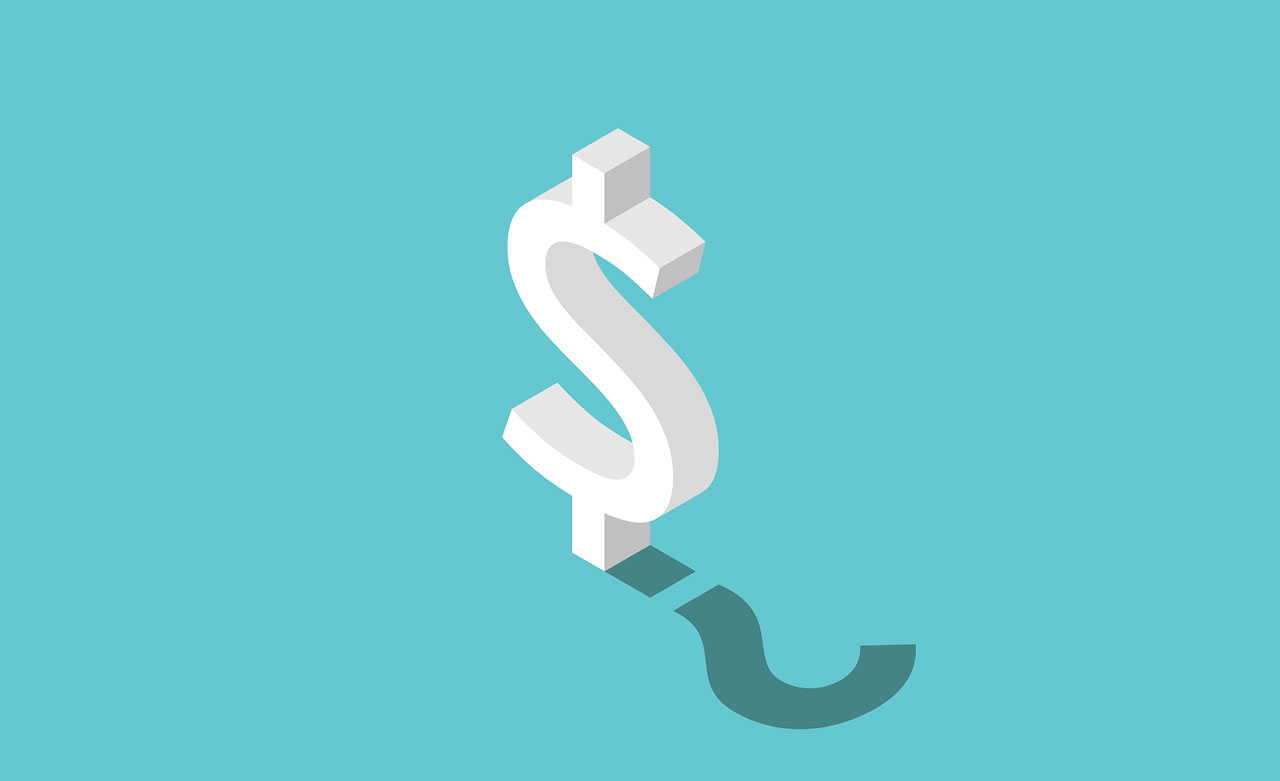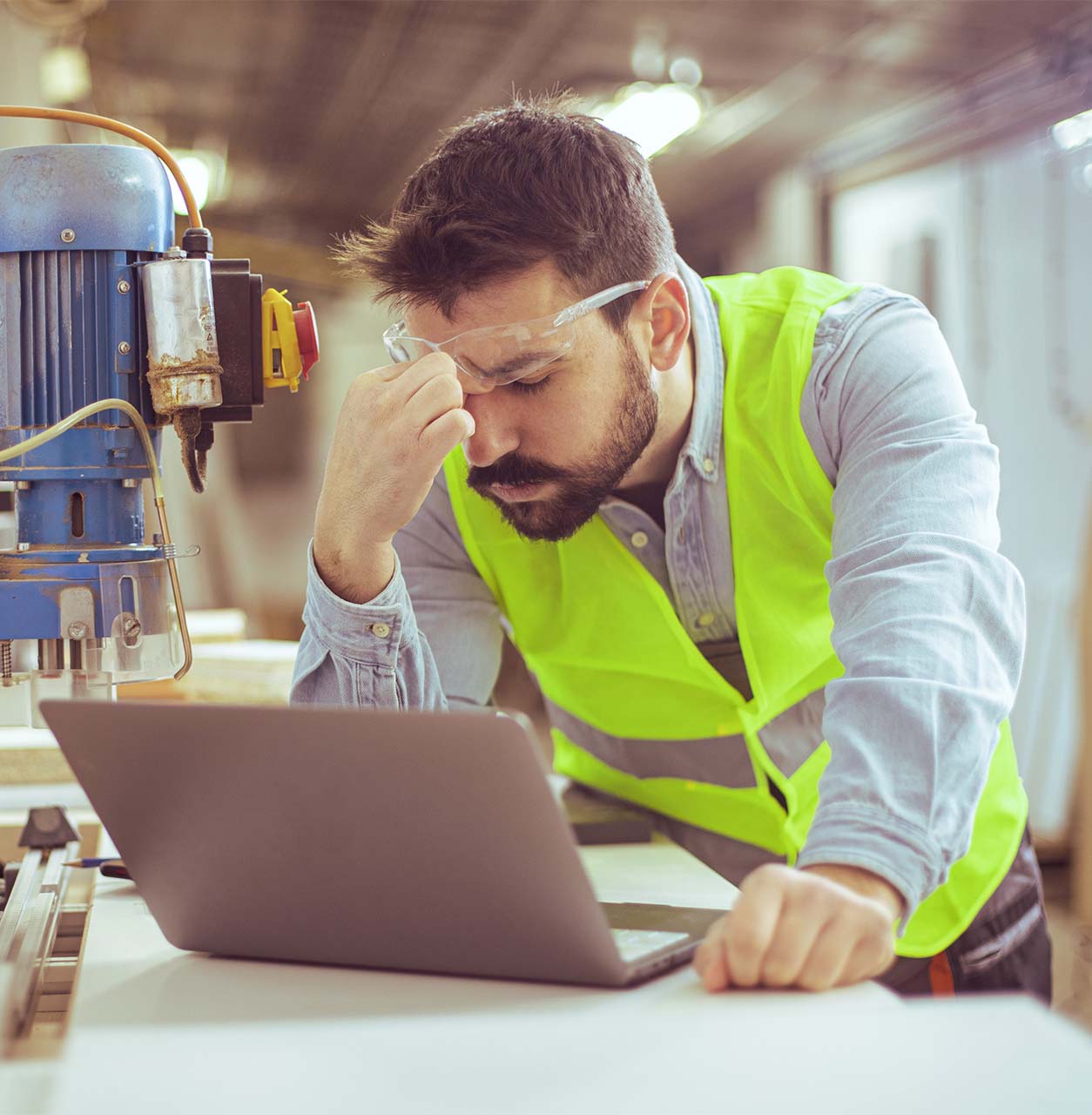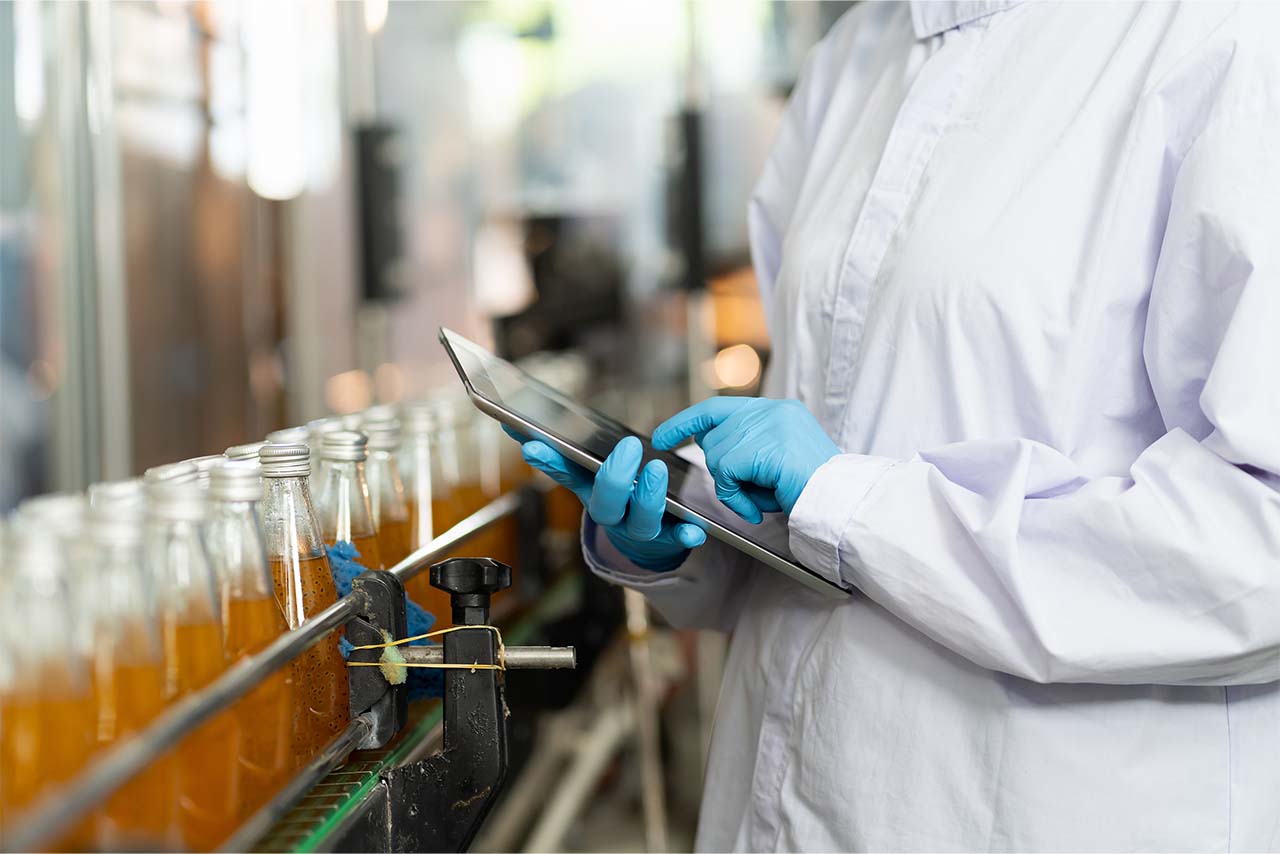Jun 03, 2025 by Mark Dingley
Every manufacturer knows that product recalls are costly. But few grasp the true scale of the damage — until it's too late.
Let’s start small.
Retailers charge a nominal fee per store just to have staff walk the aisles and pull your product from shelves. Multiply that across hundreds of stores, disposal costs and you’re bleeding money before you’ve even addressed the root cause.
One real-world example? A yoghurt manufacturer faced a seemingly minor issue: a faulty lid. No consumer illness, no contamination — just a lid that wouldn’t seal properly.
Result? $141,000 in retailer withdrawal costs for just 2,000 units.
But that’s just the tip of the iceberg.

Recalls aren’t just a logistics problem — they’re a reputational, legal, and financial crisis.
Take one Australian food company as an example. In 2015, it faced a large-scale recall that ended up costing $4.4 million. They had to destroy $3.8 million worth of stock sitting in storage and later paid compensation to customers who fell ill after consuming the product.
That’s just the start. The recall process itself added hundreds of thousands in extra costs:
And the worst part? Around 80% of the total cost hits after the recall is “over.” These long-term impacts are harder to quantify — how do you prove that poor sales a year later were tied to a recall?
You can quantify freight, retailer fees, and agency costs. But how do you measure the customer who never returns? According to a Harris Interactive poll:
Case in point: after major spinach and peanut butter recalls in the U.S., almost three-quarters of consumers stopped buying those products in the first year. Even a year later, one in four were still avoiding them.
Recalls don’t just hurt sales — they delay launches, stall innovation, and drive loyal customers straight to your competitors. Some have knocked millions off company valuations, and that’s before regulatory penalties or class actions kick in. Case in point: after major spinach and peanut butter recalls in the U.S., almost three-quarters of consumers stopped buying those products in the first year. Even a year later, one in four were still avoiding them. Recalls don’t just hurt sales — they delay launches, stall innovation, and drive loyal customers straight to your competitors. Some have knocked millions off company valuations, and that’s before regulatory penalties or class actions kick in.


One small error on your production and packaging line can spiral into a multi-million-dollar problem. But remember, these errors are preventable with the right technology and processes in place.
From labelling mistakes to packaging errors, food and beverage manufacturers face relentless pressure to get it right. But advancements in technology mean that, while no system can eliminate risk entirely, you can reduce it dramatically with smarter, automated processes:
These are no longer “nice to haves” – they're essential.

Talk to our experts at Matthews Australasia about how technology like package code management and automated vision inspection can help you eliminate coding errors, catch faults earlier, and protect your brand from the true cost of a recall.